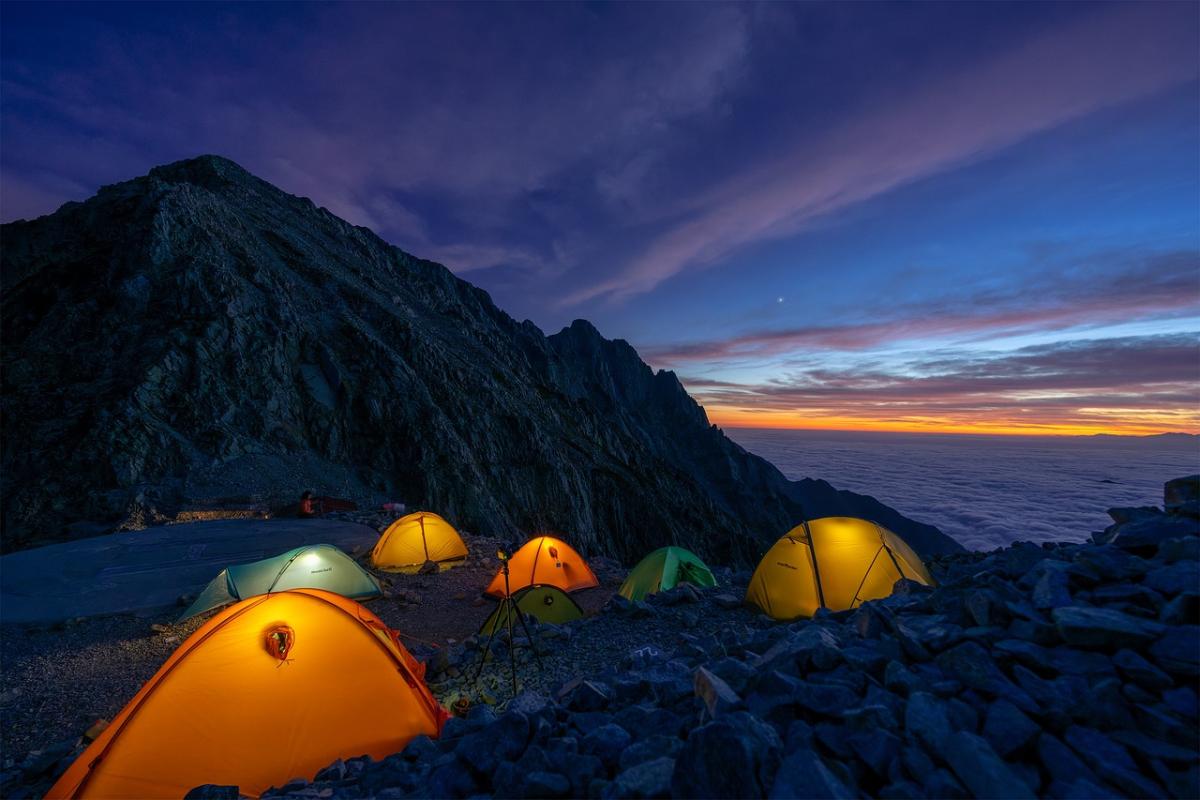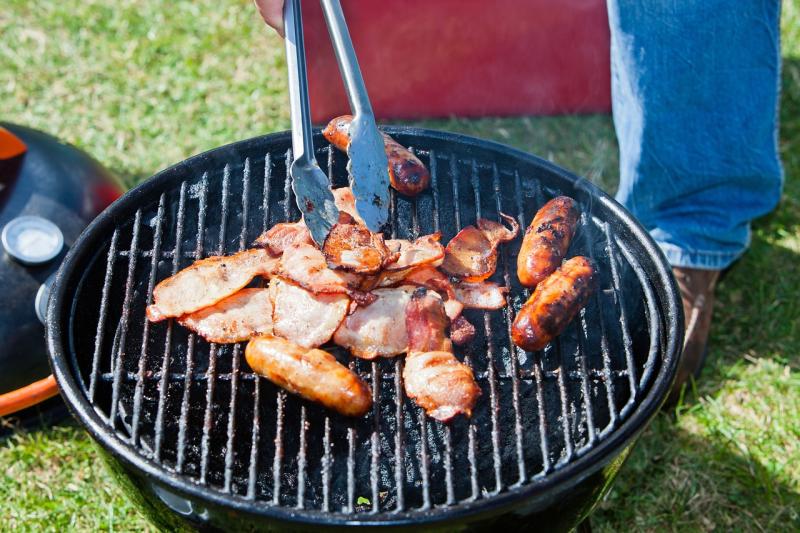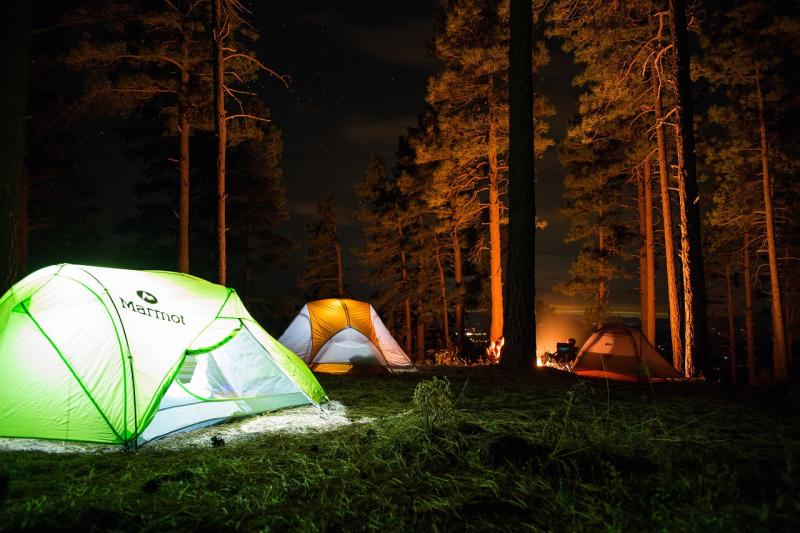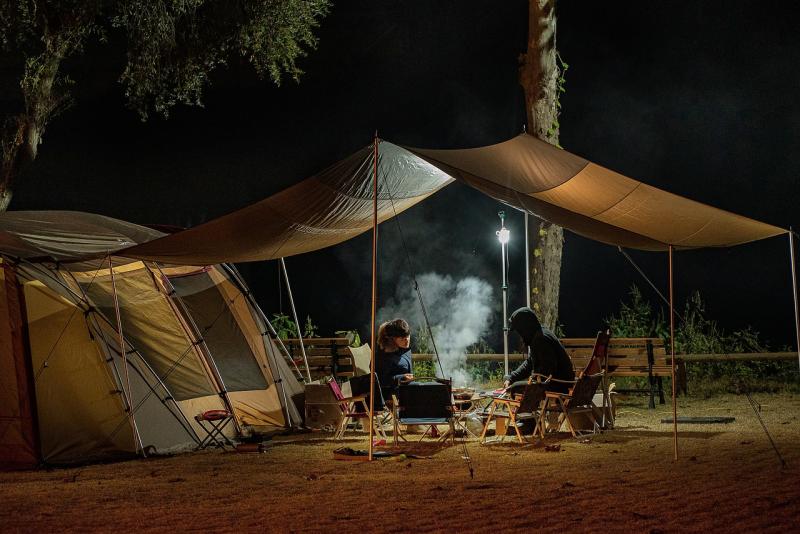Choosing the right tent size is crucial for a comfortable camping experience. Whether you're heading out for a solo adventure or bringing the whole family along, understanding how much space you need will make all the difference. A tent that's too small can leave you feeling cramped, while one that's too large might be cumbersome to set up and pack away.
First, consider how many people will be sleeping in the tent. Most tents come with a capacity rating, indicating how many people they can accommodate. However, it’s important to think beyond just that number. If you plan to store gear inside the tent or prefer a little extra space to move around, it’s wise to choose a tent that can accommodate one or two extra people. For example, a tent rated for four people will be perfect for a couple with some gear, while a larger party might want a tent rated for six to stay comfortable.
Next, think about the type of camping you’ll be doing. If you’re embarking on a backpacking trip, you’ll likely want a lightweight tent that can easily fit in your pack, even if it means sacrificing a bit of space. On the other hand, if you’re car camping, you can opt for a larger, more spacious tent that allows for a comfortable setup with room for extra amenities like air mattresses or portable furniture.
Lastly, consider the shape and height of the tent. Dome tents typically offer more headroom, making them easier to move around in, while cabin-style tents provide more vertical space and room for standing. Think about your personal preferences and any special considerations, such as if you'll be camping with kids or need space for pets. Ultimately, the right tent size will depend on your unique camping style and needs.
Understanding Tent Types and Features
When it comes to choosing the perfect camping tent, understanding the different types and features can make a world of difference. Tents come in various shapes and sizes, each designed for specific situations and experiences. The most common types include dome tents, cabin tents, and backpacking tents. Each of these options has its unique advantages, and knowing what you need will help you make an informed decision.
Dome tents are incredibly popular among campers for their simple, sturdy design. They feature a rounded shape that helps shed wind and rain, making them ideal for various weather conditions. Typically lightweight and easy to set up, dome tents are perfect for family camping trips or weekend getaways. If you plan to camp in areas with unpredictable weather, a dome tent could be your best bet.
Cabin tents, on the other hand, are designed with more space and vertical walls, offering plenty of headroom and livable space. This makes them great for families or groups who value comfort. Many cabin tents come with separate rooms or dividers, allowing for privacy while still enjoying the joys of camping together. However, they tend to be bulkier and heavier, making them less suited for backpacking or hiking trips.
For those who prefer to travel light, backpacking tents are the way to go. These tents are designed with portability and easy setup in mind. Typically, they are lightweight and compact, allowing you to easily carry them on your back during long hikes. While they may sacrifice some space and features for the sake of weight, they are perfect for solo adventures or minimalist camping experiences.
Aside from the basic types, tents come equipped with features that can enhance your camping experience. Look for options with waterproof materials, ventilation systems to reduce condensation, and easy setup mechanisms like color-coded poles. Some tents even have built-in sun protection and extra storage pockets. By understanding these features, you can select a tent that not only meets your camping style but also keeps you comfortable throughout your adventure.
Essential Accessories for Your Tent
When you're heading out for a camping trip, having the right accessories for your tent can enhance your experience significantly. While choosing the perfect tent is important, the accessories you bring along can make a big difference in comfort and convenience. Here are some essential accessories to consider for your next adventure.
First on the list is a quality tent footprint. This protective layer fits under your tent and helps shield it from rough terrain, moisture, and sharp objects. It can extend the life of your tent by preventing wear and tear on the floor. A footprint also provides an additional layer of insulation and can make setting up your tent easier, especially in wet conditions.
Another must-have accessory is a reliable sleeping pad or air mattress. Having a comfortable sleeping surface can make or break your camping experience. Sleeping pads provide insulation from the cold ground and cushioning for your body. If you prefer a bit more luxury, an air mattress can offer more support, but be sure to pack a compatible pump to make inflating it a breeze.
Don’t forget about lighting! A good lantern or headlamp is essential for navigating in the dark. A bright and portable light source will help you set up your tent after sunset and find your way around the campsite. LED options are best as they tend to be energy-efficient and long-lasting, allowing you to enjoy your evenings by the campfire or inside the tent without any hiccups.
Finally, consider investing in a tent repair kit. Accidents can happen, whether it’s a small tear from a branch or a broken pole. Having a repair kit on hand ensures you can quickly fix any issues and keep your camping trip on track. Look for kits that include patches, adhesive, and extra guy lines, so you’re prepared for anything that comes your way.
Tips for Setting Up Your Tent
When you're ready to set up your tent, choosing the right spot is crucial. Look for a flat, dry area away from rocks and roots. This will not only make sleeping more comfortable, but also keep moisture from seeping into your tent. If you can, pitch your tent on grass instead of dirt, as it provides a softer base and helps with insulation.
Before you start setting up, lay out all your gear and check that you have all the pieces of your tent. Set the rainfly aside just in case you need it for unexpected weather. Start by unpacking your tent’s body, and then assemble the poles. Many modern tents come with color-coded poles to make setup easier, so keep an eye out for those features.
Next, insert the poles into the appropriate sleeves or clips. If your tent has a vestibule, make sure to stake it out properly for extra space. Once everything is up and secure, take a moment to adjust the tension on the guylines to ensure stability. This will help your tent withstand wind and precipitation better, so your camping experience remains enjoyable.
Finally, consider your camping habits when positioning your tent. If you like to watch the sunrise, face the door towards the east. For cooling breezes, set it up in an area that captures the wind. With these tips in mind, you can create a welcoming space in nature that makes your camping experience even more memorable.



